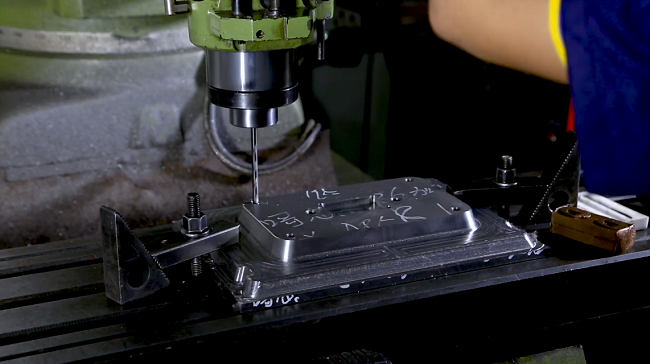Back pain is a common ailment that can disrupt daily life, but Tai Chi, an ancient Chinese martial art, offers a gentle and effective approach to alleviate discomfort and improve spinal health. Tai Chi is known for its slow, flowing movements that promote balance, flexibility, and relaxation. In this guide, we’ll explore gentle Tai Chi moves specifically tailored for McKenzie Exercises for Back Pain management.
1. Tai Chi Basics for Back Pain Relief
Before diving into specific movements, it’s essential to understand some fundamental principles of Tai Chi:
- Mindfulness: Tai Chi emphasizes being fully present in the moment, focusing your mind on the movements and sensations in your body.
- Slow and Gentle Movements: Tai Chi movements are slow and deliberate, minimizing the risk of strain or injury.
- Alignment and Posture: Correct alignment and posture are crucial for effective Tai Chi. Maintain a relaxed, upright posture throughout the practice.
- Breathing: Tai Chi emphasizes deep, diaphragmatic breathing. Inhale slowly through your nose, allowing your abdomen to expand, and exhale gradually through your mouth.
2. Tai Chi Moves for Back Pain Management
a. Wu Chi Stance (Standing Meditation): Start your Tai Chi practice with this foundational stance. Stand with your feet hip-width apart, knees slightly bent, and arms relaxed at your sides. Focus on your breath and let go of tension. This posture promotes relaxation and improved posture.
b. Cloud Hands: Begin with your feet shoulder-width apart, knees slightly bent, and arms outstretched. Shift your weight from one leg to the other while your arms move in a continuous, circular motion. This movement enhances spinal flexibility and balance.
c. Single Whip: Start with your feet shoulder-width apart. Step your right foot forward and shift your weight onto it. Your left hand will be extended in front of you, palm up, while your right hand gently pushes downward. Alternate sides to promote balance and alleviate tension in the back.
d. White Crane Spreads Wings: Begin with your feet together, arms relaxed at your sides. Step forward with your left foot and shift your weight onto it. As you do so, raise your right arm and lower your left arm, creating a “wing” motion. This movement enhances upper back and shoulder mobility.
e. Brush Knee and Twist Step: Start with your feet together. Step forward with your left foot and pivot on your right heel, gently twisting your torso to the left. As you do this, your right arm should move in a brushing motion. This exercise improves spinal flexibility and posture.
3. Building a Routine
- Consult with a Tai Chi instructor or healthcare professional before beginning Tai Chi, especially if you have existing back issues.
- Start with a warm-up to prepare your body for Tai Chi practice. Simple stretches and deep breathing can help.
- Perform these Tai Chi moves slowly and mindfully, focusing on your breath and the sensations in your body.
- Aim to practice Tai Chi for at least 20-30 minutes per session, 2-3 times a week.
- Listen to your body and adapt movements to your comfort level to avoid overexertion or strain.
By incorporating gentle Tai Chi moves into your daily routine, you can enhance your spinal health, reduce back pain, and promote overall well-being. Tai Chi’s slow, flowing movements and mindfulness can help you find relief from discomfort and improve your quality of life.




